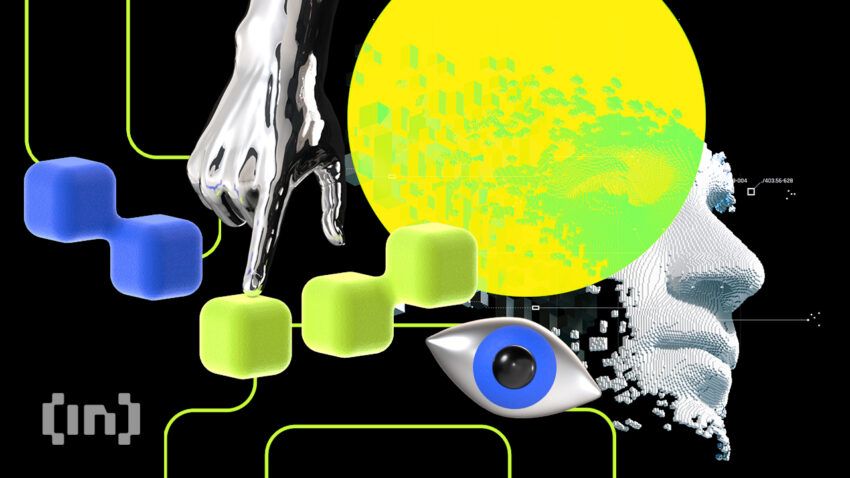Artificial intelligence (AI) is growing exponentially with the potential to transform all walks of life. Two of the largest players in this space are Microsoft and Google, and the competition between these tech giants is heating up as they vie for market share and dominance in the AI race.
Research and Development: Pushing the Boundaries of AI
Both Microsoft and Google have invested heavily in AI research and development, with the goal of creating breakthrough technologies that will drive the future of the industry. Google’s DeepMind has achieved significant milestones in the areas of reinforcement learning, natural language processing, and computer vision.
Meanwhile, Microsoft’s investments in Large Language Models have the world taking notice.
However, Microsoft and Google are not the only players in the AI space. OpenAI, a research organization founded by Tesla CEO Elon Musk and Sam Altman, is also making significant strides in AI development.
OpenAI has produced some of the most advanced AI models to date, including GPT-3 (Generative Pre-trained Transformer 3), a natural language processing system that can generate highly coherent and human-like responses. And speaking of responses, OpenAI may have forced Google’s hand with a rushed rollout of Bard, their answer to ChatGPT.
ChatGPT vs Google Bard
The field of natural language processing is blowing up, with two of the biggest players being ChatGPT and the just-released Google Bard. Both systems use powerful machine learning algorithms to generate human-like language, with applications ranging from chatbots to creating rap songs.
However, the two systems differ in their underlying architecture and the types of language tasks they excel at.
Similar and Different
At a high level, ChatGPT and Google Bard are similar in that they both use machine-learning algorithms to generate human-like language. However, there are several key differences between the two systems. The transformer architecture has shown to be highly effective at language tasks like machine translation and text summarization, which ChatGPT is based on.
In contrast, Google Bard utilizes a recurrent neural network (RNN) architecture that excels in tasks requiring the processing of long sequences of data, such as speech recognition.
Additionally, ChatGPT is pre-trained on a large body of text data, allowing it to generate highly coherent and contextually appropriate language. Google Bard, on the other hand, relies on a more limited set of training data and may struggle with more complex language tasks.
Partnerships: Expanding the Reach of AI
To expand their reach and capabilities in the AI space, both Microsoft and Google have entered into strategic partnerships with other companies. Microsoft has partnered with major players like OpenAI, Amazon, and IBM, while Google has formed alliances with Intel, IBM, and several startups. These partnerships have enabled the tech giants to leverage the strengths of other companies and expand their offerings in the AI space.
OpenAI’s rapid development of its own AI models has caught Google flat-footed. GPT-3, produced by OpenAI, has been touted as a major breakthrough in the field of natural language processing.
A War for AI Talent
Attracting top talent is a critical factor in the success of any tech company, and this is especially true in the field of AI. Microsoft and Google have both invested heavily in talent acquisition, with each company vying for the best and brightest minds in the industry.
OpenAI has also been attracting top talent in the space, and has been able to build a team of some of the most skilled and experienced researchers and engineers in the industry. This has enabled the organization to rapidly develop cutting-edge AI models like ChatGPT and maintain a strong position in the competition against Microsoft and Google.
AI Use Cases
As the competition between Microsoft, Google, and OpenAI continues to heat up, it’s worth considering what the future holds for the industry as a whole. One key trend to watch is the emergence of edge computing, which involves running AI models directly on devices like smartphones and IoT sensors.
This could significantly reduce the need for cloud computing. Enabling AI to be used in even more applications and use cases. With the rising demand for AI capabilities in everyday devices, edge computing can help make AI more accessible. And allow people to interact with AI in new ways.
AI Hardware
Another major trend to watch is the development of specialized hardware for AI. Such as Google’s Tensor Processing Units and Microsoft’s Project Brainwave. These specialized chips accelerate the training and inference of AI models. Making it possible to build more sophisticated and complex models than ever before.
Microsoft, Google, and OpenAI’s competition is significantly impacting the industry by pushing the boundaries of AI. The potential displacement of jobs is a major concern. As AI systems become more capable of performing tasks that were once exclusive to humans. This could have major implications for the labor market and the economy as a whole.
Another significant concern is the ethical implications of AI, particularly in areas like privacy and bias.
As AI becomes more widespread and powerful, it may violate individual privacy or perpetuate harmful biases. However, Microsoft, Google, and OpenAI’s efforts to address these concerns may not be enough to prevent potential abuses.
Final thoughts
In the AI space, Microsoft, Google, and OpenAI fiercely compete for dominance. Each company brings its own strengths and advantages to the table. Microsoft excels in cloud offerings and partnerships. Google seeks to catch up in natural language processing with Bard. And OpenAI advances with cutting-edge AI models like ChatGPT.
As AI continues to transform every industry, it’s more important than ever to consider the benefits and risks of this technology. Tech giants and startups drive progress in the AI field. Stakeholders must collaborate to ensure that AI is developed and deployed in a way that benefits society.
Disclaimer
Following the Trust Project guidelines, this feature article presents opinions and perspectives from industry experts or individuals. BeInCrypto is dedicated to transparent reporting, but the views expressed in this article do not necessarily reflect those of BeInCrypto or its staff. Readers should verify information independently and consult with a professional before making decisions based on this content. Please note that our Terms and Conditions, Privacy Policy, and Disclaimers have been updated.


